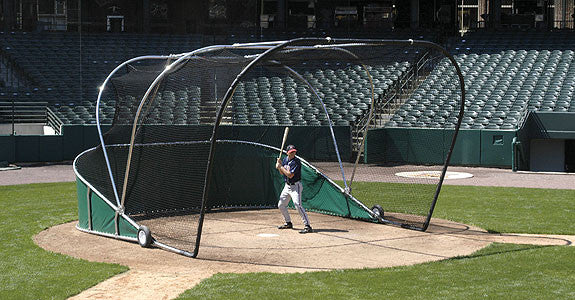10 More Rules that are False July 07 2015, 0 Comments
- 21. The runner is always safe when hit by a batted ball while touching a base.
- 22. A runner may not steal on a foul-tip.
- 23. It is a force out when a runner is called out for not tagging up on a fly ball.
- 24. An appeal on a runner who missed a base cannot be a force out.
- 25. A runner is out if he runs out of the baseline to avoid a fielder who is fielding a batted ball.
- 26. Runners may not advance when an infield fly is called.
- 27. No run can score when a runner is called out for the third out for not tagging up.
- 28. A pitch that bounces to the plate cannot be hit.
- 29. The batter does not get first base if hit by a pitch after it bounces.
- 30. If a fielder holds a fly ball for 2 seconds it's a catch.
Reasons and Rule
21. The bases are in fair territory. A runner is out when hit by a fair batted ball, except an infield-fly.
Rules: 5.09(f), 7.08(f) Official Baseball Rules
22. There is nothing foul about a foul-tip. If the ball nicks the bat and goes to the catcher's glove and is caught, this is a foul-tip by definition. A foul-tip is a strike and the ball is alive. It is the same as a swing-and-miss. If the ball is not caught, it is a foul ball.
Rules: 2.00 FOUL-TIP, STRIKE Official Baseball Rules
23. A force play is when a runner is forced to advance because the batter became a runner. When the batter is out on a caught fly, all forces are removed. An out on an a failure to tag-up, is NOT a force out. Any runs that cross the plate before this out will count.
Rules: 2.00 FORCE PLAY, 4.09 Official Baseball Rules
24. A runner must touch all the bases. If the runner misses a base to which he was forced because the batter became a runner and is put out before touching that base, the out is still a force play. If this is the third out, no runs may score. The base can be touched or the runner can be touched, either way it's a force out.
Rules: 2.00 FORCE PLAY, TAG, 7.08(e), 7.10(b) Official Baseball Rules
25. The runner MUST avoid a fielder attempting to field a BATTED ball. A runner is out for running out of the baseline, only when attempting to avoid a tag.
Rules: 7.08(a), 7.09(L) Official Baseball Rules
26. An Infield-fly is no different than any other fly ball in regard to the runners. The only difference is that they are never forced to advance because the batter is out whether the ball is caught or not.
Rules: 2.00 INFIELD-FLY, 6.05(e), 7.10(a) Official Baseball Rules
27. Yes it can. This is not a force play. A force play is when a runner is forced to advance because the batter became a runner. When the batter is out on a caught fly, all forces are removed. An out on an a failure to tag-up, is NOT a force out. Any runs that cross the plate before this out will count.
Rules: 2.00 FORCE PLAY, 4.09, 7.10(a) Official Baseball Rules
28. A pitch is a ball delivered to the batter by the pitcher. It doesn't matter how it gets to the batter. The batter may hit any pitch that is thrown.
Rule: 2.00 PITCH. (If the ball does not cross the foul line, it is not a pitch.)
29. A pitch is a ball delivered to the batter by the pitcher. It doesn't matter how it gets to the batter. If the batter is hit by a pitch while attempting to avoid it, he is awarded first base.
Rules: 2.00 PITCH, 6.08(b).
30. A catch is legal when the umpire judges that the fielder has COMPLETE control of the ball. The release of the ball must be voluntary and intentional










